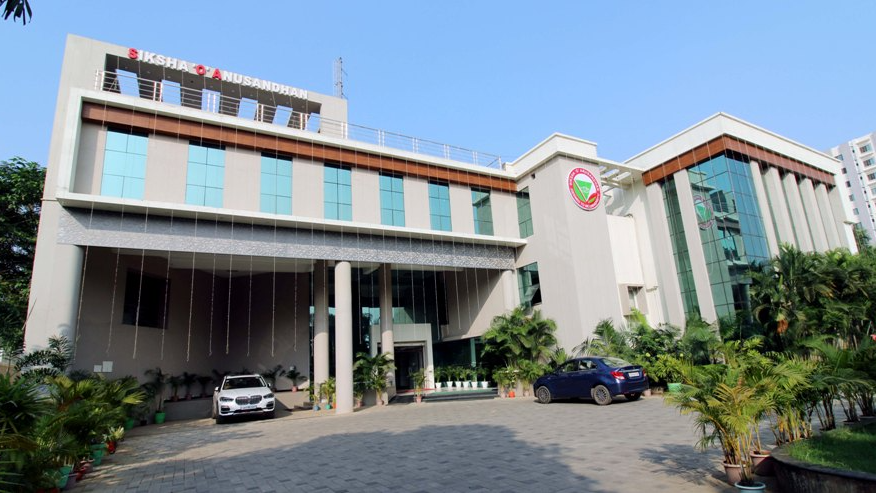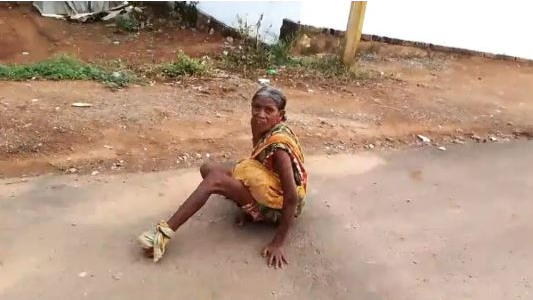Advanced Technology Aiding Odisha To Cope With Extreme Weather Events: Met Scientists
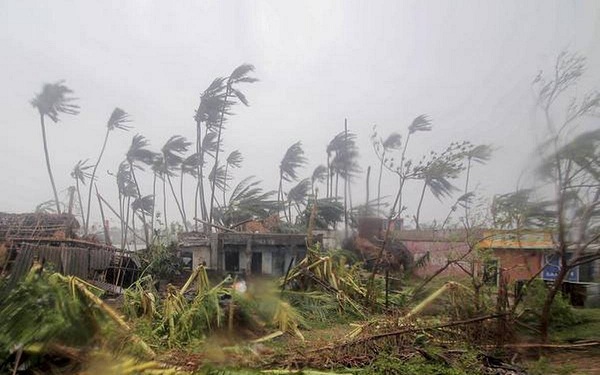
Paresh K. Das Bhubaneswar, Jan. 18: Pummeled by repeated killer cyclones and subjected to extreme weather events, Odisha has suffered extensively over the last several decades. But more robust scientific systems and advanced technologies are changing the scenario, two eminent weather experts have said. The super cyclone, which hit the Odisha coast on October 29, 1999, was the most powerful recorded cyclone of the century when the wind speed hit 260 km per hour paralyzing the civic administration, killing 9,885 people and destroying property worth billions of rupees. The wind speed was so powerful that the recorder at the port town of Paradip broke down after reading speed up to 160 km per hour and power supplies failed crippling radar observations and disrupting telecommunication for a significant period. Though it is anticipated that climate change will cause more frequent extreme weather events requiring increased alertness, scientific advancement has provided a silver lining, an article jointly authored by Dr. Sarat Chandra Sahu, Director of Centre for Environment and Climate (CEC), Siksha ‘O’ Anusandhan (SOA) and Prof. Sushil Kumar Dash, former Professor and Head, Centre for Atmospheric Sciences, IIT, Delhi, and published in a recent issue of Nature India, said. “With advanced understanding of extreme weather events and availability of sophisticated instruments, it will become possible to read a 3D picture of the atmospheric situation for any given place. Artificial Intelligence is increasingly being used to detect model errors,” they said in the article. These tools, the article said, were useful in delivering timely early warnings and the future looks safer with the availability of apps like Mausam, Meghdoot and Damini from the Indian Meteorological Department (IMD). Pointing out that timely and accurate forecasting of any weather related disaster was the key, it said a comparison between devastation caused by cyclones pre and post-1999 revealed that use of scientific and technological interventions helped the administration to minimize losses. Odisha experienced very severe cyclones such as Phailin (2013), Hudhud (2014) and Titli (2018), extremely severe cyclone Fani (2019) and super cyclone Amphan (2020), but the state did not witness human or livestock casualties or property losses as in 1999, the article said. Before the 1999 super cyclone, the IMD used traditional weather charts and observational products to forecast the event. Accuracy of forecasts depended on the available information, the Numerical Weather Prediction (NWP) model used, and the experience of its forecasters. In the late 1990s, cyclones developing over the Indian oceans were usually analysed using weather information from ships, the buoys deployed by the National Data Buoy Program (NDBP), special radar at Paradip, INSAT-1D satellite imagery and a NWP model called the Quasi Lagrangian Model (QLM), the article said. During the 1999 super cyclone, adequate data was unavailable from ships and ocean buoys, except one stationed off Paradip. On the morning of October 29, the Cyclone Detection Radar (CDR) at Paradip stopped recording. This was a analogue radar with data analysed on the screen by the local meteorologist and transmitted in coded form through a telegram, phone or teleprinter. Its photographic film was damaged and the wind speed recorders became unserviceable, it said. The most significant limitation of QLM was the lack of empirically generated vortex and steering current data. As observations were limited, crucial information on the exact location and size of the storm, its central pressure, the value of the outermost closed isobar, was compromised, the article said. Though the INSAT-1D satellite images were useful in estimating the eye of the system, due to limitations in getting timely observations of the NWP model, meteorologists were only able to provide a 24-hour warning, leaving little preparation time. The IMD and other agencies were ineffective when the cyclone hit, it said. The authors said climate science had grown in the last decade with improvements in observational systems and developments in NWP models. The magnitude and direction of wind at the ocean surface are used as key parameters for tracking of cyclones. Wind data across the globe are gathered by the scatterometer payload in the OCEANSAT-2 satellite. India’s ministry of Earth Sciences has modernized its equipment and the IMD now has 1350 automatic rain gauge stations, 722 automatic weather stations and 575 manned surface observatories. The IMD also has 46 upper air pilot balloons and GPS sonde observations, the article said. It said twenty buoys now assisted with effective cyclone prediction. With state-of-the-art infrastructure--- three weather satellites provided pictures every 15 minutes--- and a series of 24 Doppler radars along the coast, the IMD was capable of sharp predictions of cyclones five days in advance. The Doppler radars provide real time information about the signature of cyclogenesis in the Arabian Sea and the Bay of Bengal. In Odisha, two Doppler radars function at Paradip and Gopalpur while altogether 37 automatic weather stations, 28 manual surface observatories, 177 automatic rain gauges and 314 rain gauge stations of the state government provide data to predict weather extremes. The state also has four pilot balloon observatories at Bhubaneswar, Gopalpur, Balasore and Jharsuguda and three GPS sonde stations at Bhubaneswar, Gopalpur and Jharsuguda. Scientists, the article said, were now forecasting weather events at different time scales, from short to long-term climate projections, with a number of NWP models. India uses the multi-model ensemble technique to make forecasts closer to actual observation on the ground. About the author: Mr. Das is a senior journalist based in Bhubaneswar
Latest News
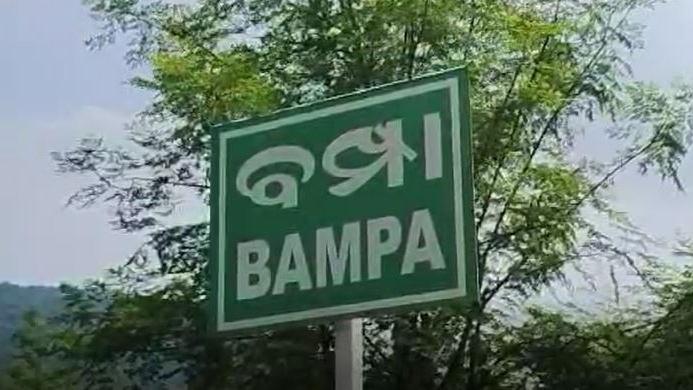
Tragic alcohol poisoning in Dhenkanal: Two dea...
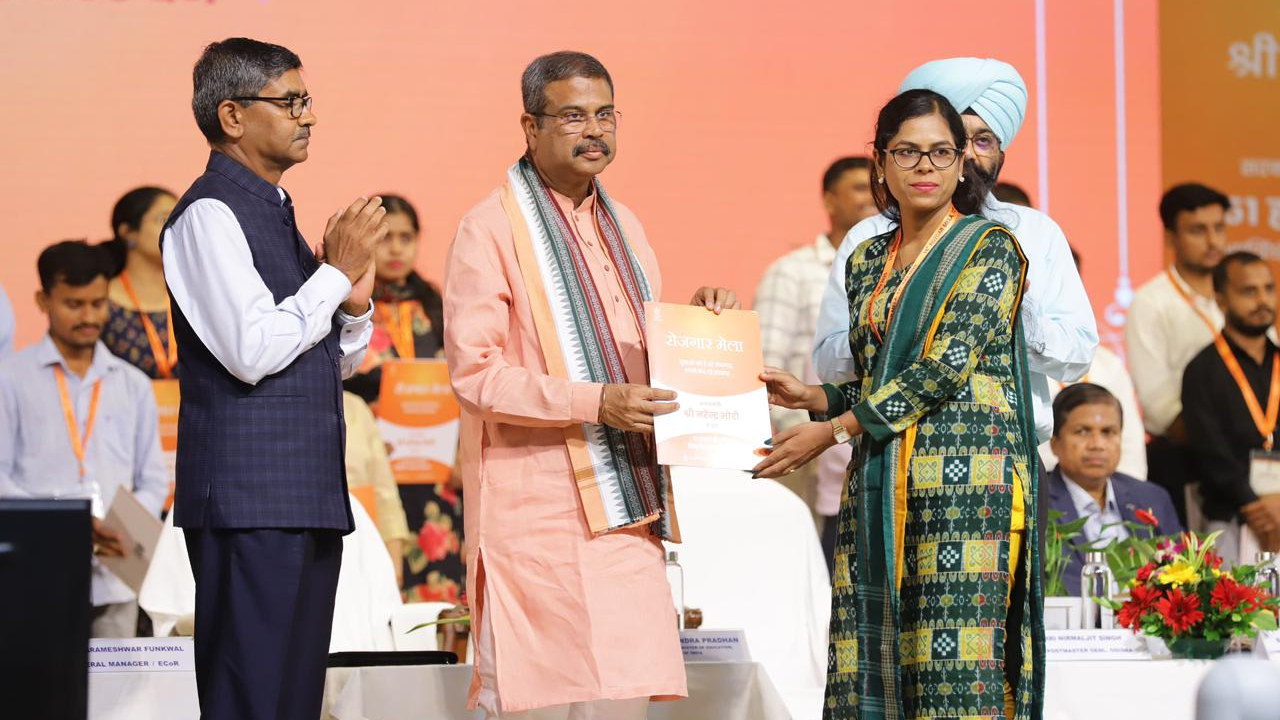
Youth empowerment top priority of Modi Govt: U...
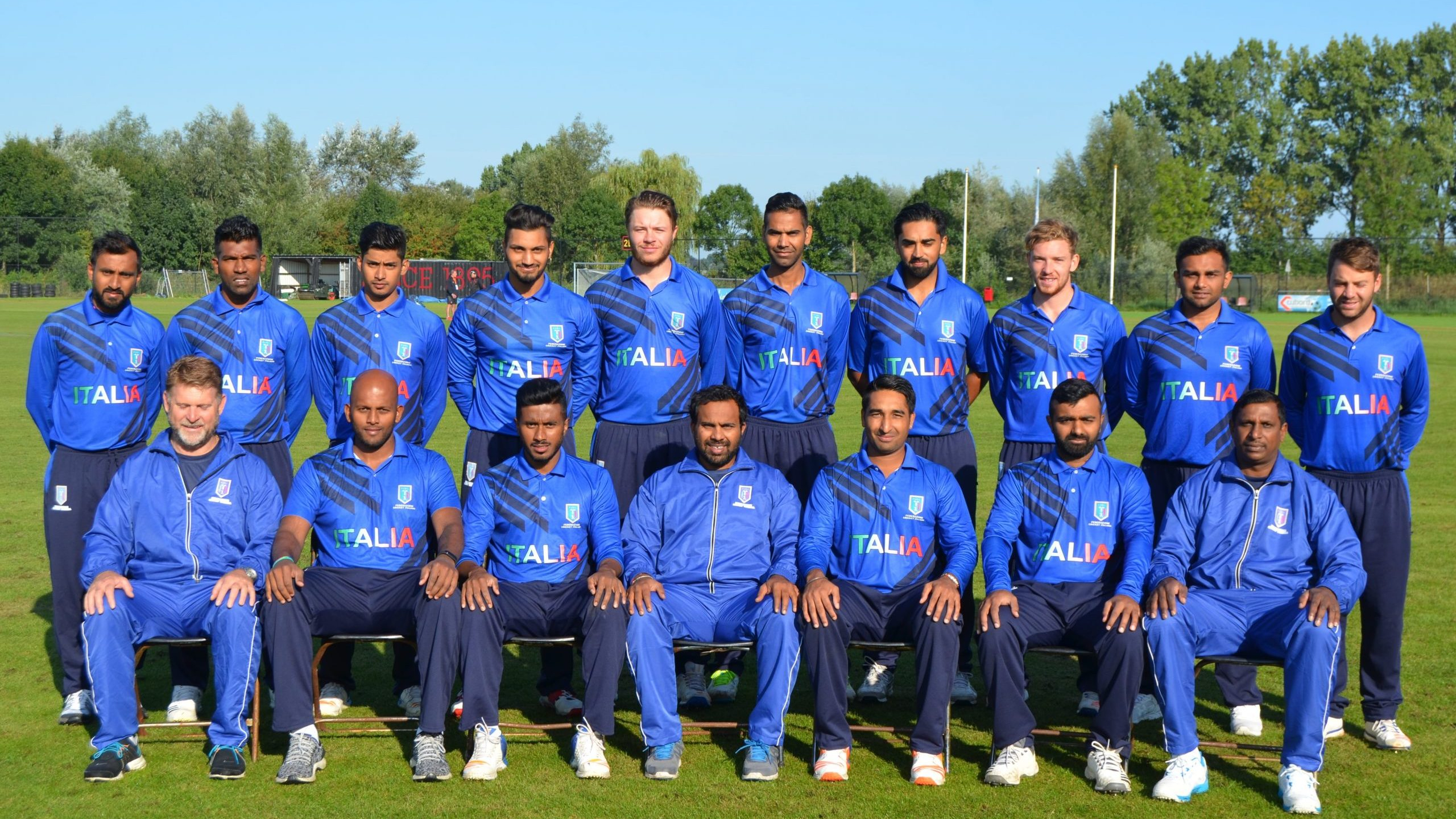
Italy Cricket Team Makes History, Securing Fir...
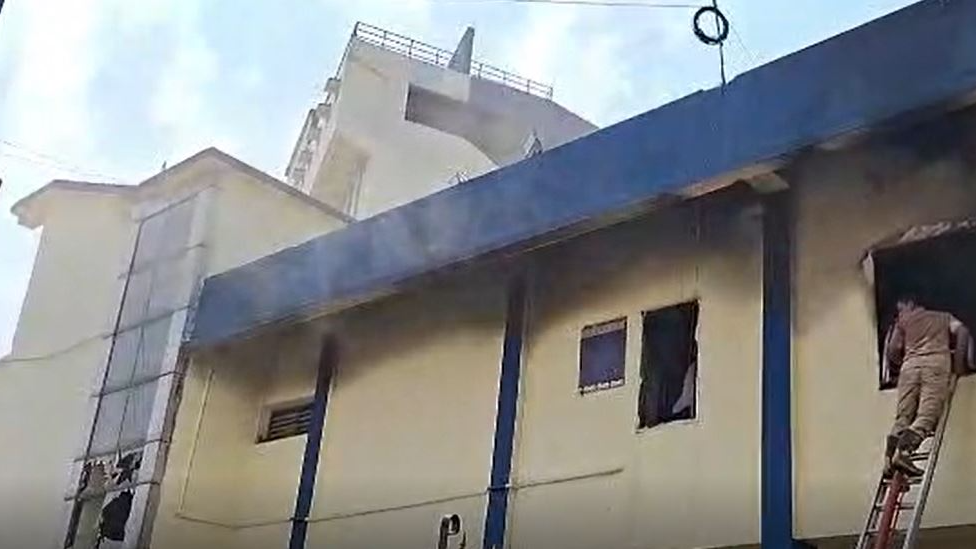
Fire breaks out at Odisha Cricket Association...
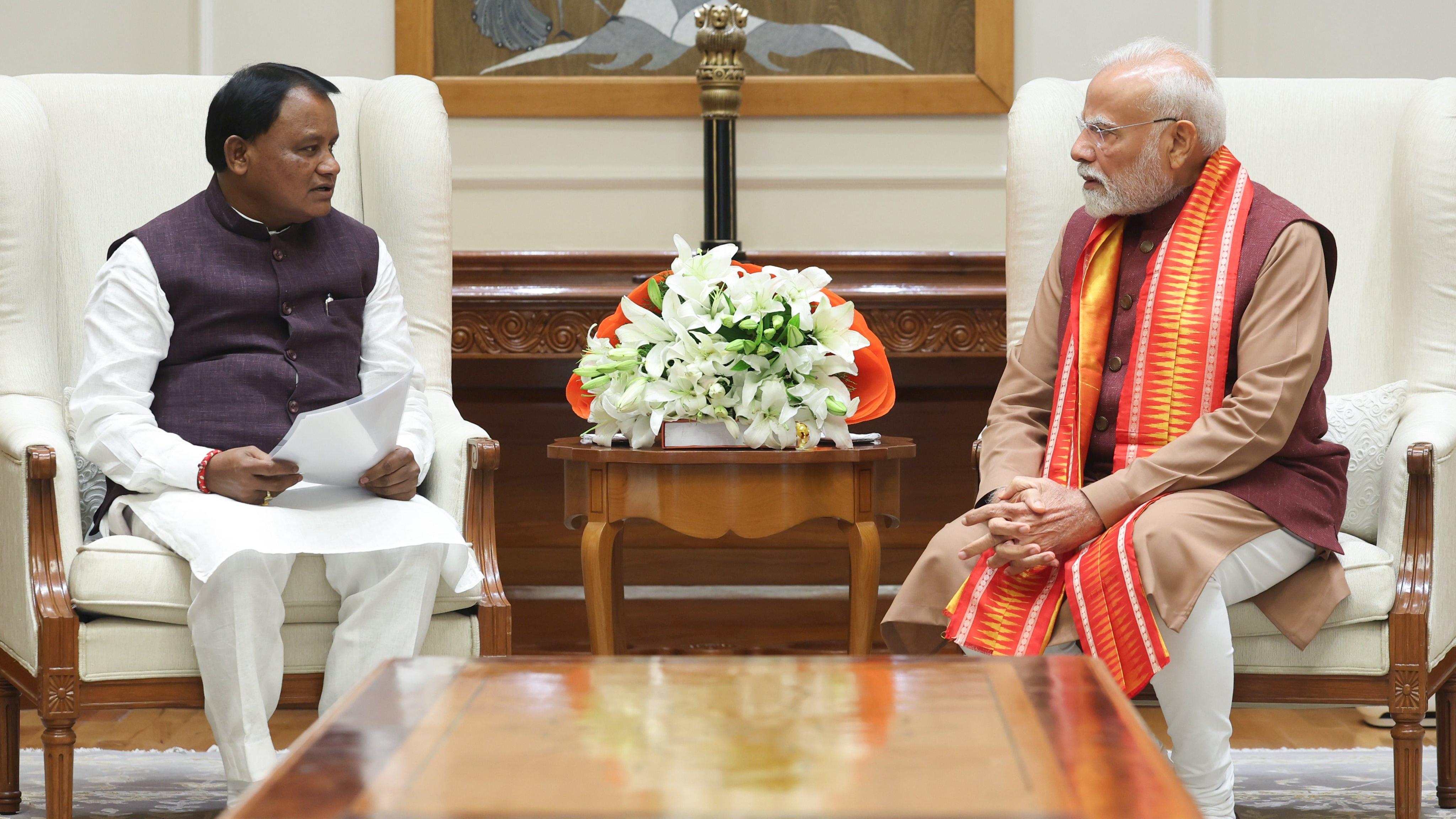
Majhi meets PM Modi, discusses strategies for...

Apple Accelerates China Exit Strategy as Foxco...
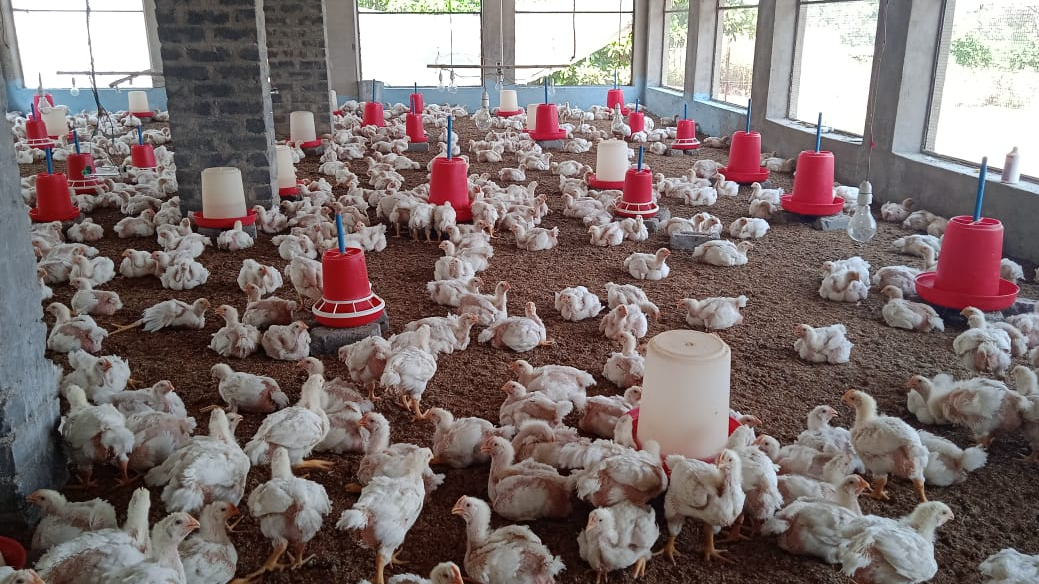
Bird Flu resurfaces in Delanga: Mass poultry d...
Copyright © 2024 - Summa Real Media Private Limited. All Rights Reserved.









